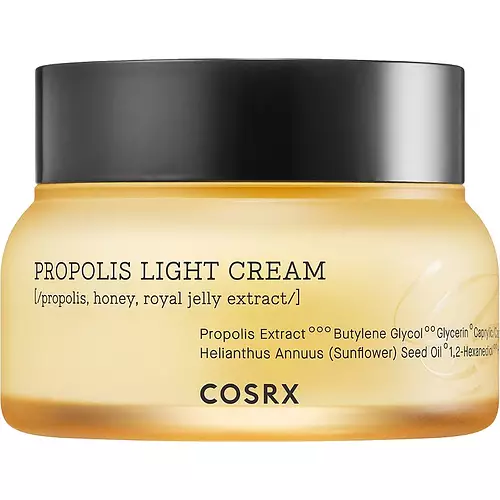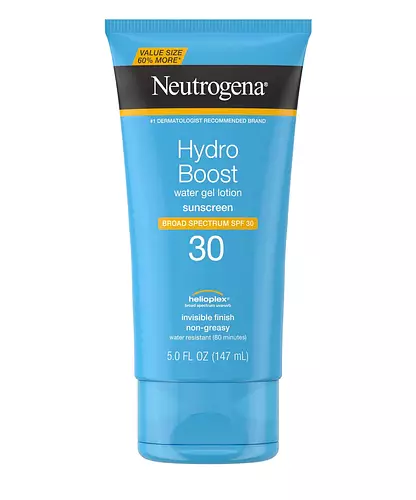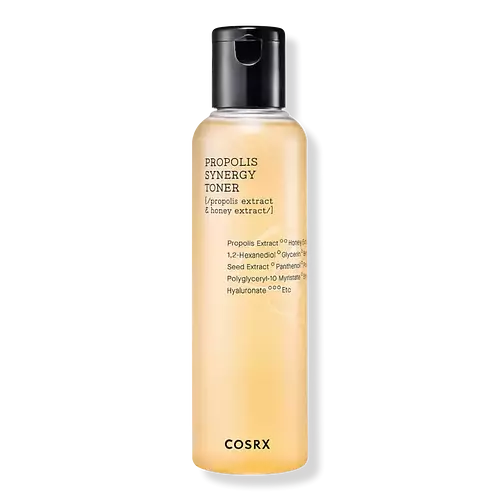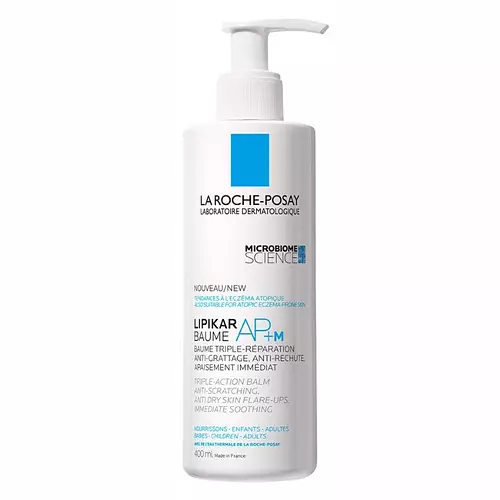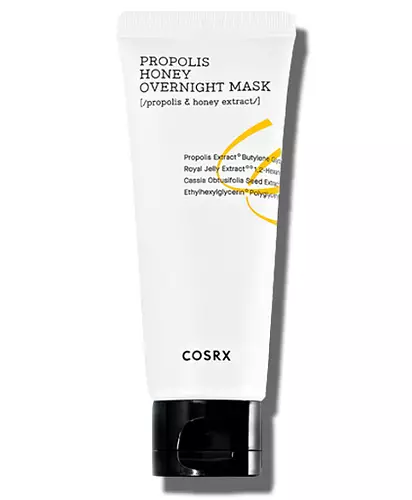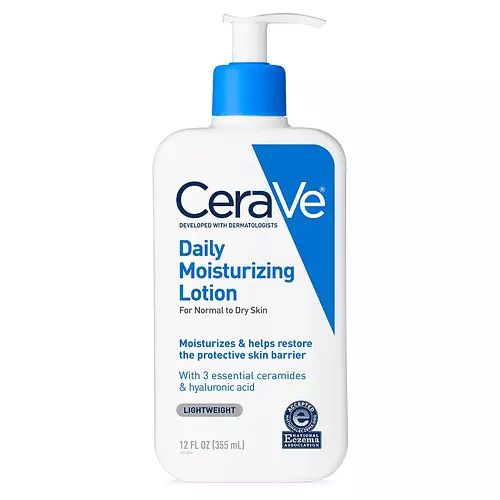Kiehl's Super Multi-Corrective Cream Sunscreen Broad Spectrum SPF 30 Versus COSRX Full Fit Propolis Light Cream
Overview
Suited For
They're both likely to be good for dry skin, brightening skin and scar healing
Free From
They both do not contain any parabens or sulfates
We independently verify ingredients, and our claims are backed by peer-reviewed research. Spot a product that needs an update? Let us know.
Ingredient Info
Kiehl's Super Multi-Corrective Cream Sunscreen Broad Spectrum SPF 30 36 ingredients
COSRX Full Fit Propolis Light Cream 18 ingredients
At a glance
Click on any of the items below to learn more
Kiehl's Super Multi-Corrective Cream Sunscreen Broad Spectrum SPF 30 36 ingredients
COSRX Full Fit Propolis Light Cream 18 ingredients
Notable Ingredients
This product contains 4 ingredients that may have this attribute:
This product contains 1 ingredient that may have this attribute:
This product contains 1 ingredient that may have this attribute:
This product contains 1 ingredient that may have this attribute:
Benefits
This product contains 2 ingredients that may have this attribute:
This product contains 2 ingredients that may have this attribute:
This product contains 2 ingredients that may have this attribute:
This product contains 2 ingredients that may have this attribute:
Concerns
This product contains 2 ingredients that may have this attribute:
This product contains 3 ingredients that may have this attribute:
This product contains 5 ingredients that may have this attribute:
This product contains 5 ingredients that may have this attribute:
Benefits
This product contains 2 ingredients that may have this attribute:
This product contains 1 ingredient that may have this attribute:
This product contains 1 ingredient that may have this attribute:
This product contains 1 ingredient that may have this attribute:
This product contains 1 ingredient that may have this attribute:
This product contains 1 ingredient that may have this attribute:
Concerns
This product contains 3 ingredients that may have this attribute:
This product contains 1 ingredient that may have this attribute:
Ingredients Side-by-side
Ingredients Explained
These ingredients are found in both products.
Ingredients higher up in an ingredient list are typically present in a larger amount.
Glycerin is already naturally found in your skin. It helps moisturize and protect your skin.
A study from 2016 found glycerin to be more effective as a humectant than AHAs and hyaluronic acid.
As a humectant, it helps the skin stay hydrated by pulling moisture to your skin. The low molecular weight of glycerin allows it to pull moisture into the deeper layers of your skin.
Hydrated skin improves your skin barrier; Your skin barrier helps protect against irritants and bacteria.
Glycerin has also been found to have antimicrobial and antiviral properties. Due to these properties, glycerin is often used in wound and burn treatments.
In cosmetics, glycerin is usually derived from plants such as soybean or palm. However, it can also be sourced from animals, such as tallow or animal fat.
This ingredient is organic, colorless, odorless, and non-toxic.
Glycerin is the name for this ingredient in American English. British English uses Glycerol/Glycerine.
Learn more about GlycerinXanthan gum is used as a stabilizer and thickener within cosmetic products. It helps give products a sticky, thick feeling - preventing them from being too runny.
On the technical side of things, xanthan gum is a polysaccharide - a combination consisting of multiple sugar molecules bonded together.
Xanthan gum is a pretty common and great ingredient. It is a natural, non-toxic, non-irritating ingredient that is also commonly used in food products.
Learn more about Xanthan GumIngredient Ratings
Here's what our community thinks of the ingredients in these products.
When to use
Kiehl's Super Multi-Corrective Cream Sunscreen Broad Spectrum SPF 30 36 ingredients
COSRX Full Fit Propolis Light Cream 18 ingredients

Reviews
Here's what our community thinks
Kiehl's Super Multi-Corrective Cream Sunscreen Broad Spectrum SPF 30 36 ingredients
COSRX Full Fit Propolis Light Cream 18 ingredients
Sara
I really love this product! Is super hydrating and a little bit on the thick side, but it doesn't feel greasy or heavy at all in oily skin, it...
I really love this product! Is super hydrating and a little bit on the thick side, but it doesn't feel greasy or heavy at all in oily skin, it absorbs really well without any pilling. It's also non-comedogenic so it won't break you out. And it doesn't have any kind of fragrance at all, so it's also great for sensitive skin. It really works for almost any skin type (only those who are allergic to propolis might want to take extra precautions).
Plus, you get a really good amount (65ml, 15ml more than a regular sized moisturizer) for such a low price. And if you're still not convinced about purchasing the full size (because let's be honest, if you don't like it, it's way too much product to throw it away), i've seen some packs with mini versions of some of the products from the COSRX "Propolis" line, and they also have a great price.
Kitty Lang
This moisturizer gives your skin a very nice dewy finish. Which I love so much. It's also never caused me any breakouts or irritation. I love the...
This moisturizer gives your skin a very nice dewy finish. Which I love so much. It's also never caused me any breakouts or irritation. I love the whole propolis line. All the products are healing and super hydrating, and ever since I started using them my skin looks a little more healthy and clear!
